Confidentiality restrictions around clinical trials and prior public use (T 0670/20)
The IPKat
JANUARY 31, 2023
The question became whether the patients could be considered members of the public, and whether their participation in the clinical trial therefore constituted prior public use of the formulation. Critically, to satisfy the prior use test, it is not necessary to show that a disclosure has in fact taken place.

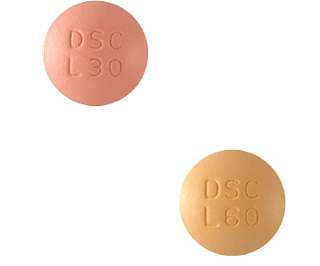
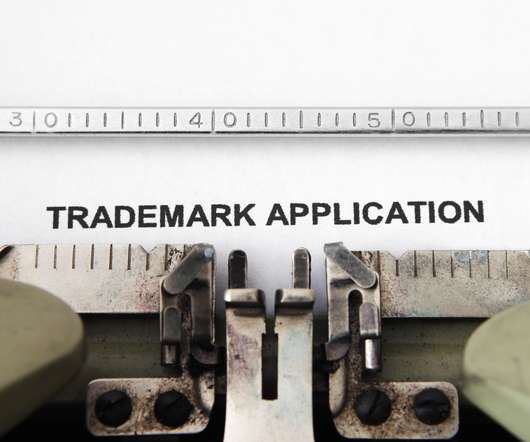

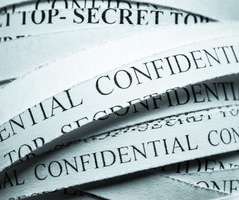



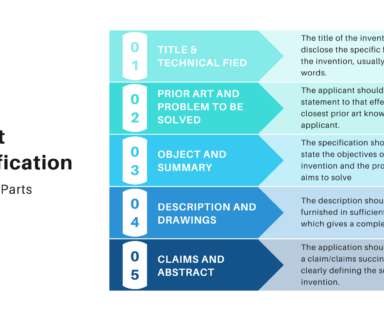

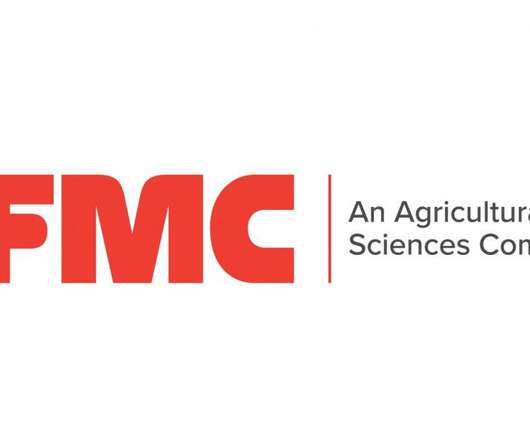






Let's personalize your content